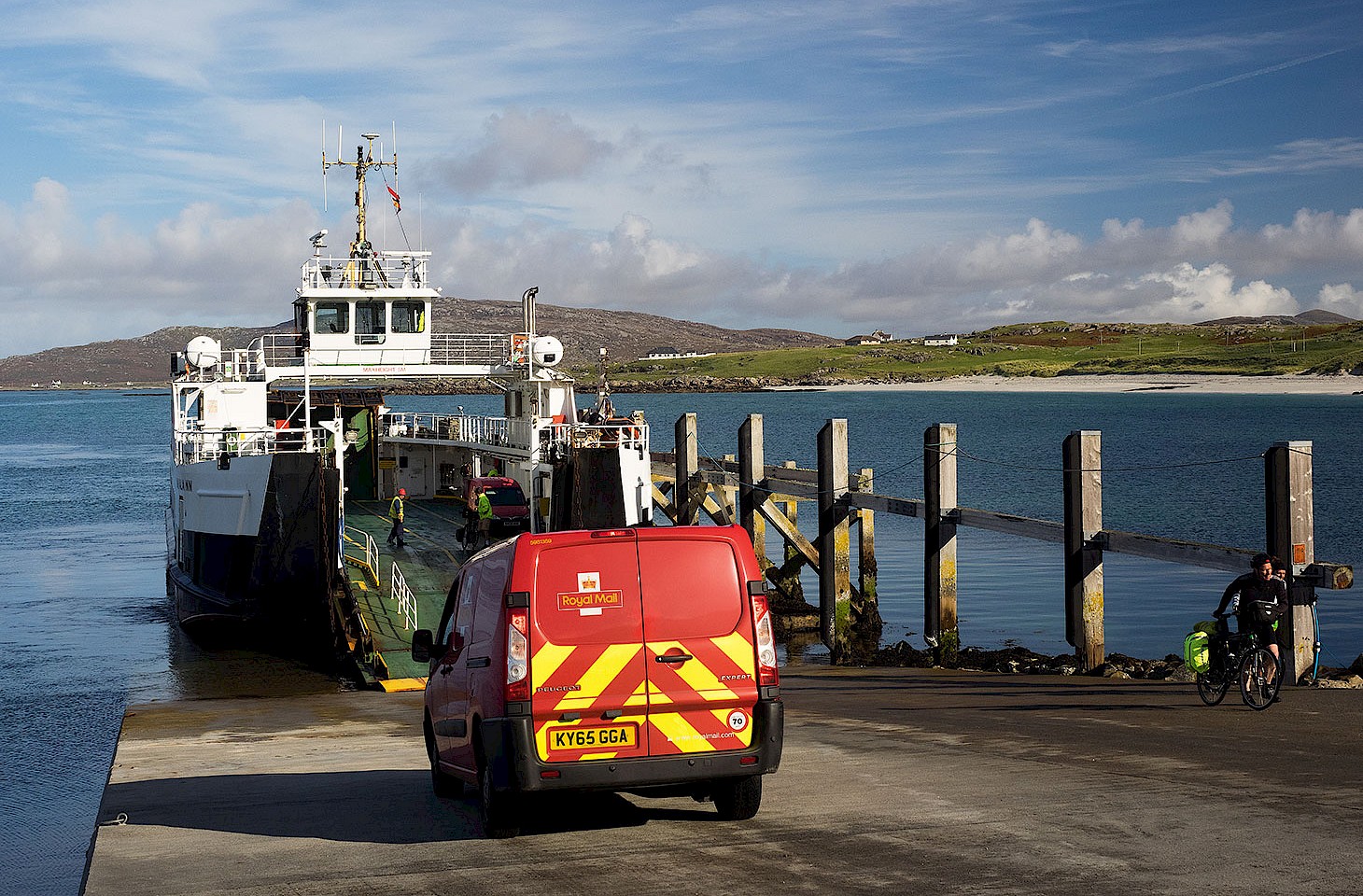We slip around the edge of Aabenraa Fjord, pondering the improbable arrangement of letters which conspires to throw the Danish town of Aabenraa to alphabetical prominence. Then we head east along a peninsula which juts into the Baltic towards the islands of Als and Ærø. We continue alliteratively through a medley of villages that mark these eastern marches of Jutland: through Tumbøl to Tråsbøl and on through Bovrup and Blans.
Modernity has robbed Als of its island status. It is linked to the mainland by two bridges. But happily there is still a car ferry, so we opt for that. A dozen minutes on deck in a salty Baltic gale bring us over the sea to Als. We meander through tiny lanes that divide fields with thick, heavy soil. “Pigs and plums,” confides a man whom we meet on the gentle slopes of Høgebjerg, at 81 metres the highest summit on the island. If pigs and plums were once the staples of the Als economy, there is scant evidence of that today.
Høgebjerg is no mighty mountain, but its modest elevation is sufficient to afford fine views in all directions. Away to the south, over on the far side of Sønderborg Bay, is Angeln — nowadays part of Germany, but a region that has left a wider mark upon Europe. It was from this fragment of Baltic territory that the Angles moved west from the fifth century onwards to settle in England, creating the kingdoms of Northumbria, Mercia and East Anglia.
Looking north-east from Høgebjerg, the view across the water is to the Danish island of Fyn — so bustling a region nowadays, so well-connected to the mainland and other large Danish islands, that few foreigners even notice it is an island. Danes know better of course and — as a nation that values islands — there are still many Danes who prefer to take the ferry to Fyn rather than speed over one of the bridges that connect Jutland with Fyn. So the regular ferry to Fyn, from the appropriately named port of Fynshav, does busy trade.
But of all the views from the top of Høgebjerg, there is one in particular that draws the eyes. That is to the east, across the Baltic, where a lone shaft of sunlight brightens an otherwise dreich day and pinpoints the lighthouse that marks the northern extremity of the island of Ærø.
Ærø beckons, so we slip down to Fynshav, just a couple of kilometres away, to enquire about the ferry connections to Ærø — only to discover that Ærø does not figure prominently in the local imagination. The modern ferry terminal on the quayside is a concrete and glass concession to the trickle of foot passengers who still use ferries. Nowadays most travellers are attached to their cars and have no need of quayside waiting rooms.
Fynshav, it turns out, was created for Fyn — to which it is linked by a dozen ferries a day. The information desk in the depopulated ferry terminal is closed, but a sign indicates that, even when the office is open, travellers should not even think of mentioning Ærø. “We have no information on the boat to Ærø,” advises a multilingual notice.
But the boat does indeed run twice or thrice daily all year round, and within a couple of hours we are on board the M/F Skjoldnæs on our way to her home port of Søby on Ærø. For five years, the Skjoldnæs has plied the route from the island of Als to the island of Ærø, taking her name from the headland that, with its lighthouse, defines the northernmost tip of Ærø.



